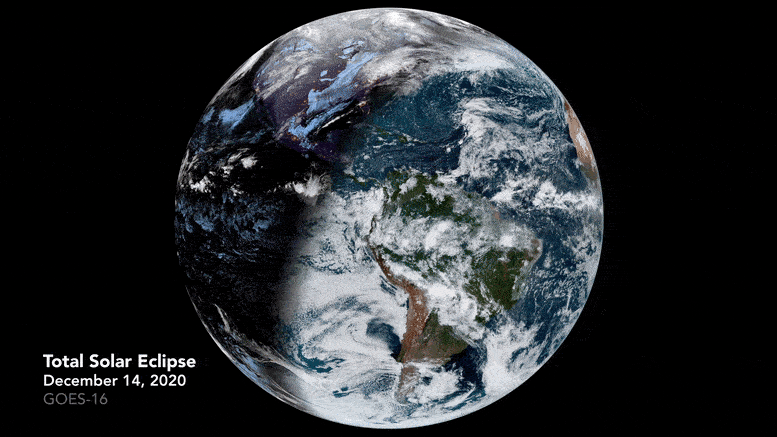
Satellite captures the moon’s shadow moving across the Earth’s surface during the total solar eclipse.
The first and only total solar eclipse of 2020 occurred on December 14, with the path of totality stretching from the equatorial Pacific to the South Atlantic and passing through southern Argentina and Chile.
The Advanced Baseline Imager (ABI) on Geostationary Operational Environmental Satellite 16 (GOES-16) captured images of the shadow of the Moon crossing the surface of Earth. GOES-16 is operated by the National Oceanic and Atmospheric Administration (NOAA); NASA helps develop and launch the GOES series of satellites.
A solar eclipse occurs when the Moon passes between Earth and the Sun, thereby totally or partly obscuring the image of the Sun for a viewer on Earth. A total solar eclipse occurs when the Moon’s apparent diameter is larger than the Sun’s, blocking all direct sunlight, turning day into darkness. Totality occurs in a narrow path across Earth’s surface, with the partial solar eclipse visible over a surrounding region thousands of kilometers wide.
The time-lapse video above includes 72 images acquired every 10 minutes between 0600 and 1800 Universal Time (3 a.m. and 3 p.m. in southern Chile) on December 14.
NASA Earth Observatory video and images by Joshua Stevens, using GOES 16 imagery courtesy of NOAA and the National Environmental Satellite, Data, and Information Service (NESDIS) and umbral shadow calculations from NASA/GSFC.

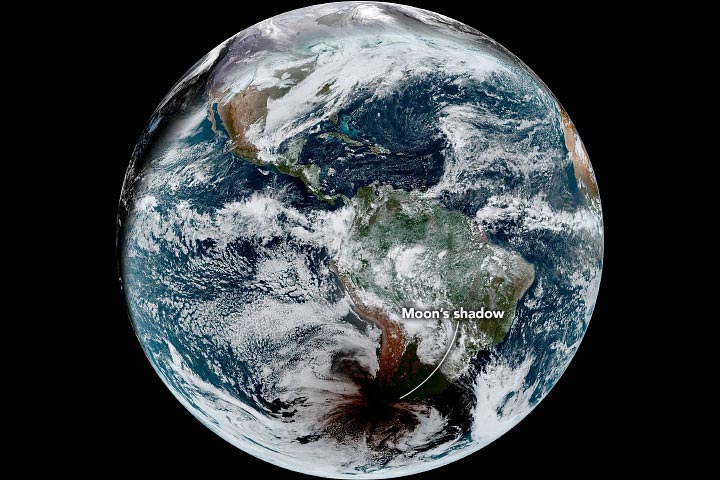
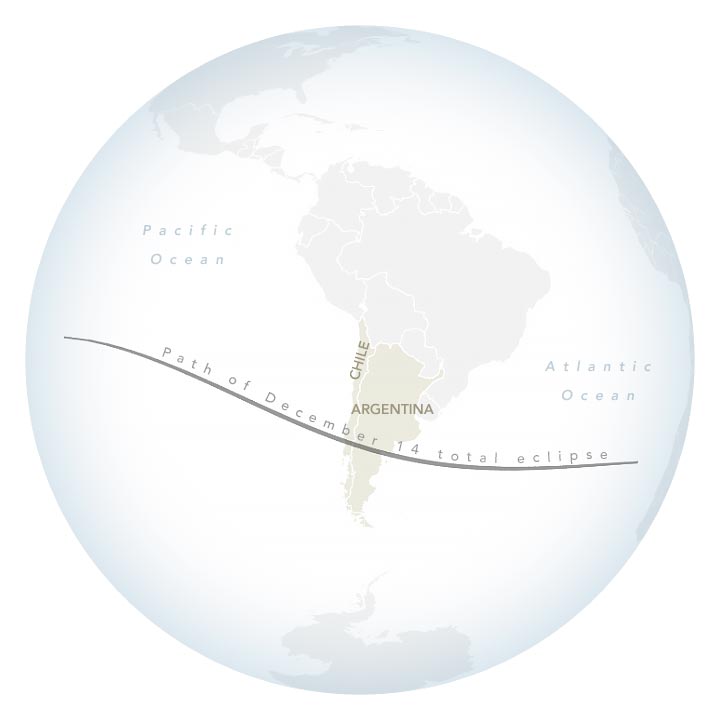
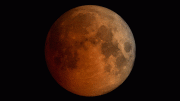
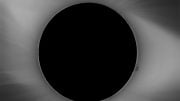
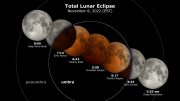

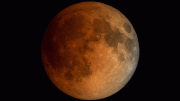
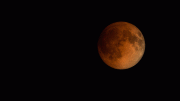
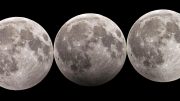
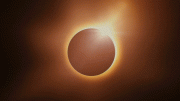
How to unsubscribe?
Why does it appear to stretch vertically ( along the earth’s edge) at the end ?
It approaches the edge as the night time starts to come in. The moons shadow keeps going right and night shade moves left.